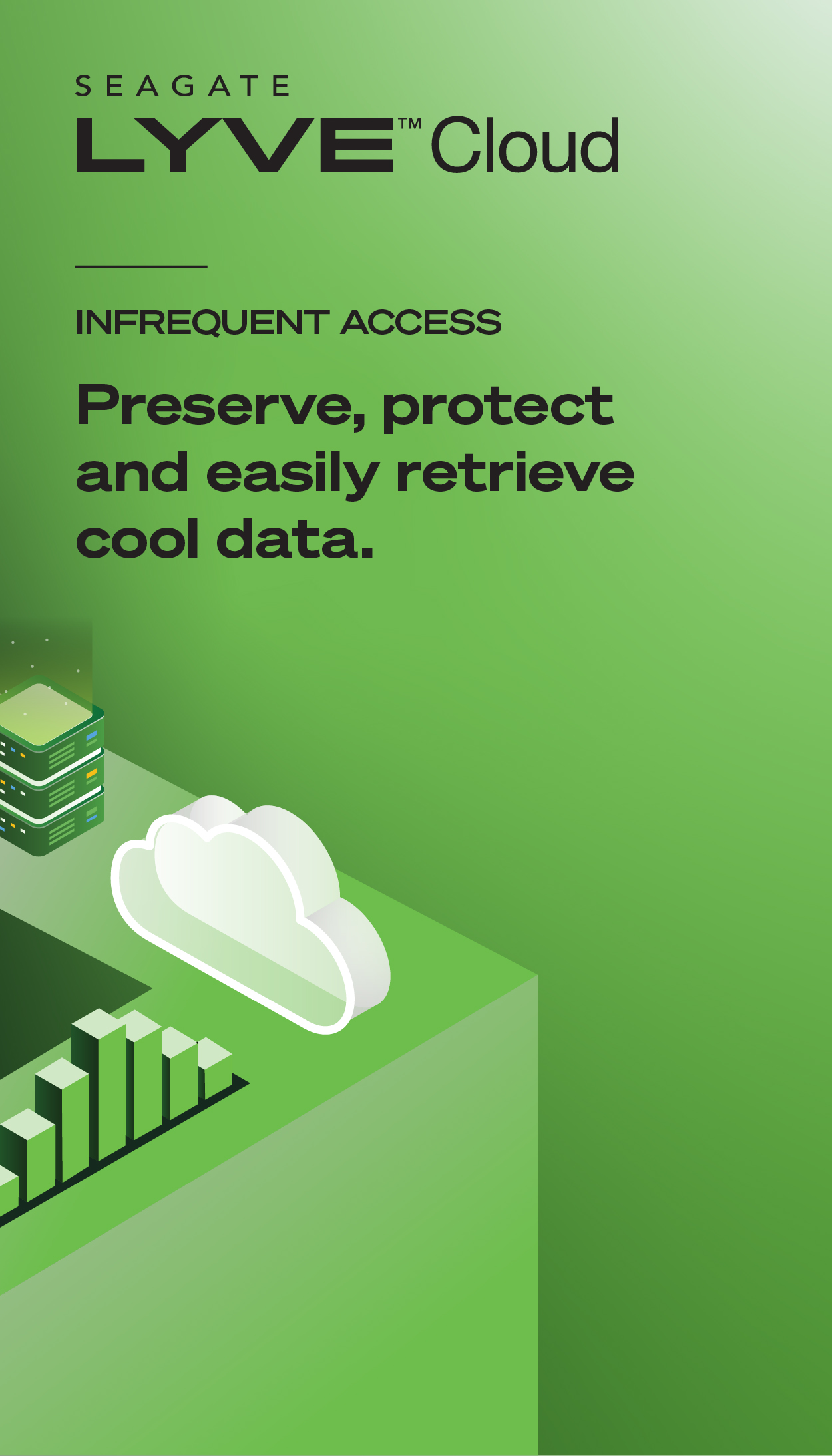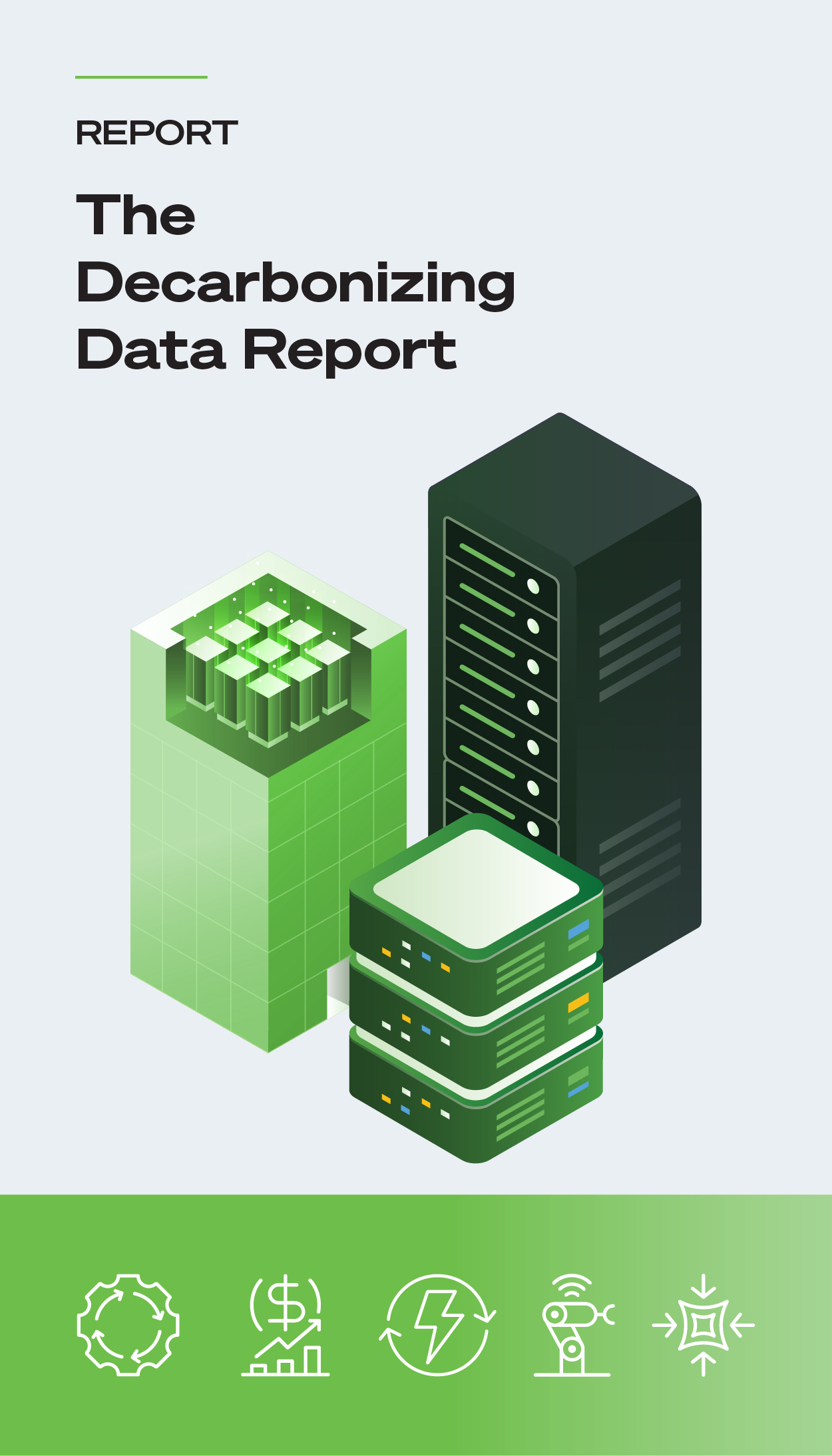Modern data management is complex. We’re generating more data than ever, but not all of it fits into neat little columns and rows on a spreadsheet. Our natural conversations—as well as videos and images—hold key insights companies need to drive decision-making and carve out competitive advantages. Let’s look at the defining characteristics of structured and unstructured data, illustrating their unique applications and the impact they can have across industries.
Defining structured vs. unstructured data
Data is categorized into two main types: structured and unstructured.
Structured data, with its highly organized format, is the backbone of traditional database systems and facilitates straightforward queries and reports. In contrast, unstructured data, which includes emails, videos, social media posts, and more, offers another layer of information that, while challenging to corral, provides deeper insights into things like consumer behaviors and emerging market trends.
Imagine a retail company looking to optimize its inventory based on purchasing trends. By analyzing their sales database, they can efficiently reorder popular products. However, they also have significant records in customer feedback logs and social media interactions, which don’t fit neatly into their databases. This represents a substantial volume of potential insights if they can figure out how to process it.
Unfortunately, a staggering 43% of data captured by organizations goes unused...much of that is unstructured data. By understanding how to effectively manage and analyze both types of data, businesses can gain a more comprehensive picture of their operations, customers, and future.
What is structured data?
Structured data is consistent and easily searchable, typically residing in relational databases or spreadsheets, i.e., neat tables with rows and columns. The clarity and simplicity of its format make it ideal for efficient querying and analysis.
Core attributes of structured data.
Structured data is characterized by several key characteristics:
- Highly organized
- Standardized format
- Easily searchable
- Optimized for analysis
Examples of structured data.
Structured data has broad applications across industries:
- Financial records. Transactions, balances, and other financial details are typically recorded in structured formats within banking systems.
- Inventory data. Retail and manufacturing sectors use structured databases to track inventory levels, product specifications, and supplier information.
- Health records. Patient information, treatment histories, and appointment schedules are maintained in structured formats in healthcare databases.
What is unstructured data?
Unstructured data consists of information in its raw—often complex form. It’s typically stored near the location where it was initially collected or in data lakes—large, flexible repositories designed to store vast amounts of raw data. The diverse and unformatted nature of unstructured data necessitates robust data management architectures, including high-capacity data storage systems to economically retain massive quantities of data.
One example is social media conversations, which might include text (with underlying subtext and meaning), emojis, images, and videos.
Core attributes of unstructured data.
Unstructured data is characterized by:
- Raw and varied formats
- Massive volumes
- Requires flexibility in storage
- Complexity in management and analysis
Examples of unstructured data.
Unstructured data appears in numerous forms across different sectors
- Digital media. Videos, images, and audio files that capture a wide array of content without structured metadata.
- Medical records. Patient information in free text, including doctors' notes and imaging data, which are rich in detail, but not structured for straightforward analysis.
- Social media content. Posts, tweets, and interactions that provide insights into consumer behavior and preferences, but are inherently unstructured.
Explore the main differences between structured and unstructured data.
The fundamental distinction between structured and unstructured data lies in their formatting and storage.
Here’s a summary table highlighting the key distinctions:
| Data type |
Storage format |
Management tools |
Analysis techniques |
| Structured |
Relational databases (SQL, PostgreSQL) |
RDBMS, CRM, OLAP, OLTP |
Classification, clustering, regression |
| Unstructured |
Data lakes (NoSQL) |
NoSQL DBMS, AI-driven tools, data visualization |
Data stacking, data mining, machine learning (ML) |
Structured data’s organization makes it more accessible for non-expert business users, facilitating self-service data manipulation through user-friendly interfaces. Unstructured data, with its complexity and volume, often requires expert management to extract meaningful insights.
Structured and unstructured data—storage methods.
Let’s look at the specifics.
Databases for structured data.
Structured data is predominantly stored in relational databases, which organize data into predefined models like tables. This structured format allows for precise and quick access to data. Examples of popular relational database management systems include MySQL, Oracle Database, and Microsoft SQL Server, which find extensive applications across industries from financial services to healthcare for managing transactional data, customer records, and inventory.
Data lakes for unstructured data.
In contrast to structured data, unstructured data often finds its home in data lakes. Because data exists in its raw form, it’s exceedingly difficult to separate it efficiently into something like a database. Data lakes allow for the flexible and scalable storage of data without the need for initial cleaning or structuring, making them ideal for big data and AI applications.
Since you can’t do a quick search, this data often requires sophisticated analytical tools and expertise to make sense of what’s stored in the data lake. Examples of technologies used to manage data lakes include Apache Hadoop and Amazon S3.
Structured and unstructured data—accessibility and processing.
The accessibility and processing of data vary significantly between structured and unstructured formats.
Querying structured data.
Structured data’s organization in relational databases makes it highly accessible and straightforward to query using structured query language (SQL). SQL allows users to perform various operations like selecting specific columns, filtering records based on conditions, and joining tables to aggregate data across different sources. For example, if a database includes the approximate ages of certain customers, you could quickly narrow your search criteria to a specific age range.
Navigating unstructured data.
The lack of a predefined format makes unstructured data less straightforward to access and process. Techniques such as natural language processing (NLP), ML, and other advanced analytics methods are typically employed to organize and extract meaningful insights from unstructured data.
Metadata plays a critical role in making unstructured data more accessible by providing contextual information that can be used to index, search, and retrieve content. For instance, metadata tags on digital images can include details about the file size, date of creation, or content description, which aid in data management and retrieval processes.
Structured and unstructured data: advantages vs. disadvantages.
Understanding the strengths and limitations of structured and unstructured data can help organizations choose the right strategies for data management and analysis.
Advantages of structured data.
- Easy to search and analyze.
- Consistent format for efficient processing.
- Ideal for quantitative analysis and reporting.
Disadvantages of structured data.
- Limited flexibility in data types.
- May not capture complex relationships or nuances.
Advantages of unstructured data.
- Captures rich, detailed information using multiple formats.
- Highly flexible and adaptable.
- Valuable for qualitative insights and pattern recognition.
Disadvantages of unstructured data.
- Challenging to organize and analyze.
- Can be resource-intensive to store and process.
Structured data challenges.
Structured data may be straightforward in the beginning, but as relational databases grow, the multitude of connections can complicate query development. Other notable challenges include:
- Schema rigidity. Once a schema is defined, making alterations can be costly and time-consuming, which may not swiftly adapt to evolving business needs.
- Integration difficulties. Merging data from various structured sources can introduce complexities (even something as simple as what format to use for dates), requiring significant effort to maintain consistency and integrity across datasets.
Unstructured data challenges.
Unstructured data challenges lie primarily in its storage and analysis requirements. Key issues include:
- Storage demands. The sheer volume and size of unstructured data (e.g., videos, large text files) necessitate extensive storage solutions, often leading to higher costs.
- Complex analysis. Without a predefined format, analyzing unstructured data requires advanced processing techniques and tools, such as ML algorithms for tasks like image recognition or sentiment analysis.
Use cases of structured data.
Structured data plays a pivotal role in several key industries where precise, easily accessible data is critical. In logistics and inventory management, structured data helps manage warehouse inventories efficiently, with systems set up to utilize data stored in relational databases. This data is essential for analyzing inventory levels, managing supply chains, and optimizing procurement processes.
Other use cases include:
- Finance. Structured data is crucial for tracking customer transactions, maintaining regulatory compliance, and conducting financial analyses.
- Healthcare. Structured data is used extensively in healthcare settings to manage patient records, including vital stats, treatment histories, and billing information
- E-commerce. Online retail platforms use structured data to maintain extensive product catalogs. This allows features like product searches, price comparisons, and inventory management, which are integral to e-commerce operations.
Use cases of unstructured data.
One exciting use case for unstructured data is happening between the internet of things (IoT) and agriculture. Sensor data collected from IoT devices on farms can inform predictive models that enhance agricultural practices. For example, data on soil conditions, weather, and crop health help determine the optimal times for watering and nutrient application. ML algorithms analyze these data streams to predict future needs, improving resource allocation and crop yields.
Other use cases include:
- Healthcare. Medical images and patient notes are analyzed using advanced AI techniques. This analysis helps in diagnosing diseases by providing context to help personalize treatment plans.
- Social media. Companies use sentiment analysis techniques to help gauge public opinion, monitor brand reputation, and understand consumer behavior.
- Customer service. Customer feedback—including emails, call transcripts, and online reviews—is analyzed to derive insights into customer satisfaction and service quality.
Understanding the full scope of data.
Each data type serves a unique purpose in the data management landscape. Structured data, with its organized format, is indispensable for traditional database querying, while unstructured data captures a wealth of information in its natural formats, such as images, videos, and social media content.
But, the ability to manage both structured and unstructured data effectively is the competitive differentiator. Companies that harness the full spectrum of their data can drive innovation, enhance decision-making, and maintain a competitive edge.
How can Seagate help with your structured data and unstructured data requirements?
Seagate is a leader in mass-capacity storage solutions, innovating to meet the demands of both structured and unstructured data. Our comprehensive portfolio includes internal storage solutions products like the BarraCuda™, FireCuda®, IronWolf®, and Exos® series, and advanced technologies like the Mozaic 3+™ platform, offering high storage densities crucial for AI-driven data.
Explore how Seagate’s solutions can support your data management needs, keeping your business competitive in an era of unprecedented data creation. Learn more about Seagate’s enterprise storage solutions.













